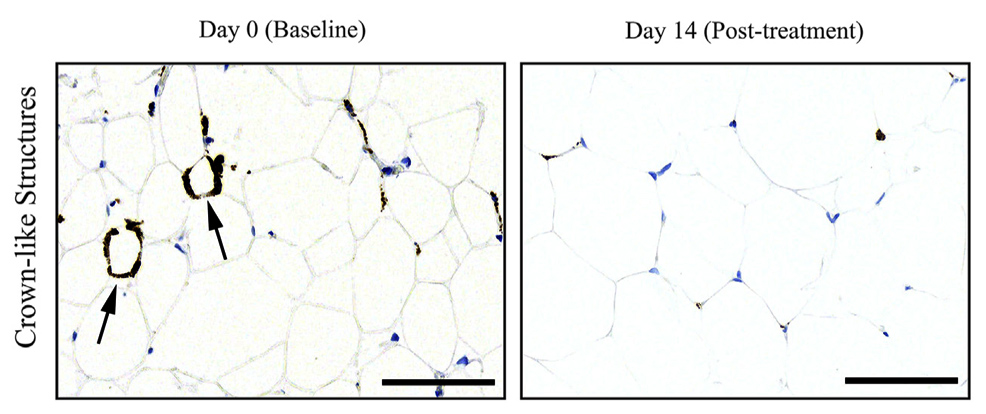
21st September 2019 New anti-aging drug combo shows promise in humans Scientists at the Mayo Clinic report the use of "senolytics" – a new class of drug with potential anti-aging benefits – to remove senescent cells from human patients.
For the first time, researchers at the Mayo Clinic in Rochester, Minnesota, have demonstrated that senescent cells can be removed from human patients with a diabetes-related kidney disease, using an emerging class of drugs termed "senolytics". A small clinical trial, published in the journal EBioMedicine, tested the safety and feasibility. The effects were verified, not only in blood analysis, but also in changes to skin and fat tissue senescent cell abundance. Earlier studies by Mayo had shown promising results in animal models. However, the latest research is now moving into human trials, with potential for therapeutic applications in hospitals and clinical settings within the next several years. Senescent cells are now believed to play a major role in aging and have been implicated in many diseases such as dementia, diabetes, heart conditions and illnesses affecting the kidney, liver and lungs, as well as osteoporosis and general frailty. They are toxic, malfunctioning cells that accumulate in our bodies as we get older and in organs affected by chronic diseases. Since they no longer function to their full potential, but persist in causing damage, they are sometimes described as "zombie cells". Senolytics are not a fully preventative treatment – they are unable to stop new senescent cells' generation. However, once formed, senescent cells can be targeted by these drugs and flushed out of the body, reducing the risk of cancer and age-related conditions.
Credit: James Kirkland et al.
"Senescent cells can develop in all mammals in response to disease, injury, or cancerous mutations," explains James Kirkland, M.D., Ph.D., senior author and Professor of Medicine. "By targeting senescent cells with senolytics in mice, we can delay, prevent, or treat multiple diseases and increase health and independence during remaining years of life. As we increase our understanding of these drugs and their effects, we hope there may be benefits for a range of human diseases and disorders." For this particular study, nine participants aged 50 to 80 received a dose of dasatinab (approved for medical use in the USA in 2006), combined with quercetin (plant flavonol from the flavonoid group of polyphenols), for a period of three days. Though the drugs cleared the body in a couple of days, the reduction in senescent cells was evident for at least 11 days. The researchers believe this proves that the senolytic drug combination significantly decreases senescent cell burden in humans. Senescent cells are characteristic in end-stage kidney failure, as well as diabetes-related kidney disease. By removing the cells from mice, researchers had previously found that senolytics alleviate insulin resistance, cell dysfunction, and other processes that cause disease progression and complications. The team also notes that occasional dosing can reduce the risks from having to give drugs continuously. Much more research is needed on the benefits of senolytics – including larger trials, since only nine participants were involved in this study – but the results here could be an important milestone. "This small-scale clinical trial is a significant step forward for translation of senolytic therapies," says Ronald Kohanski, Ph.D., Deputy Director of the Division of Aging Biology at the National Institute on Aging. "The demonstration that senescent cell numbers can be reduced in two tissues in humans is an important advance based on the compelling evidence from studies in laboratory mice."
Comments »
If you enjoyed this article, please consider sharing it:
|








